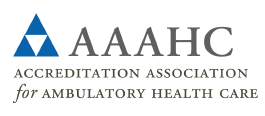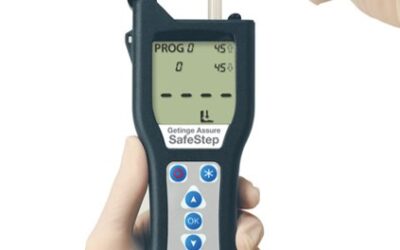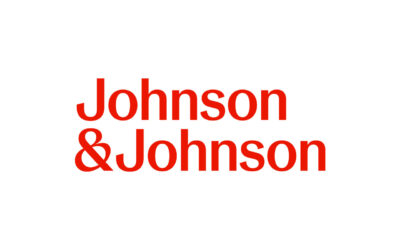 AAAHC has released guidelines and recommendations to help health care facilities navigate safe operations throughout the COVID-19 pandemic. While most organizations are ahead when it comes to being prepared for an infection outbreak, there are additional steps they can take to make sure their emergency preparedness plans are specifically equipped to handle the COVID-19 outbreak. AAAHC follows guidelines from the Centers for Disease Control and Prevention (CDC) and stresses Standards designed to help health care providers identify, isolate and inform.
AAAHC has released guidelines and recommendations to help health care facilities navigate safe operations throughout the COVID-19 pandemic. While most organizations are ahead when it comes to being prepared for an infection outbreak, there are additional steps they can take to make sure their emergency preparedness plans are specifically equipped to handle the COVID-19 outbreak. AAAHC follows guidelines from the Centers for Disease Control and Prevention (CDC) and stresses Standards designed to help health care providers identify, isolate and inform.
As a first step, AAAHC recommends health care organizations review their written emergency preparedness plan to make sure that it is sufficiently comprehensive to guide actions in the event of a community outbreak. Next, infection control risk assessment and practices should all be reviewed to ensure alignment with the CDC recommendations and interim guidelines for the management of COVID-19 cases. Any revisions made to the emergency plan or infection control processes, as a result, should be approved by the governing body and all staff should receive education and compliance monitored.
Health care organizations should assess their PPE inventory including masks, gloves and thermometers for patients and staff. Regularly monitor inventory levels and consider possible alternatives, such as washable cloth masks. Organizations should also consider the vendors who regularly visit their facilities and implement contactless services. A well written emergency plan with relevant procedures and adequate supplies will better equip the organization to effectively identify, isolate and inform amidst the COVID-19 pandemic.
Identify
Organizations should identify and postpone elective or non-essential visits or surgeries. For patients that require an office visit, increased pre-screening measures with specific questions related to recent travel, evidence of fever and other COVID-19 symptoms will support early identification. Suspect COVID-19 patients should be referred to designated testing centers.
“We have been guiding our accredited organizations through these processes and carefully following recommendations from the CDC to help our health care providers maintain essential services,” said Tess Poland, RN, BSN, MSN, senior vice president of accreditation services at AAAHC. “Our Standards have helped lay the foundation needed to adapt to this dynamically evolving pandemic.”
Isolate
To help stop the spread of infection, AAAHC recommends health care facilities limit the number of people allowed in a facility by exploring telehealth or utilizing patient portals. When face-to-face appointments are necessary, they should have a plan to keep the waiting room safe and not allow guests to accompany patients to the appointment. Upon arrival, take each patient’s temperature and clean the thermometer. At this time, remove magazines and pamphlets from the waiting room and thoroughly and frequently clean pens, clipboards and other materials used by each patient.
“Create a waiting room with fewer items to touch as this can help stop the spread of the virus,” said Poland. “Staff can conduct a walk-through of the facility from a patient’s perspective. Or, have an outside source give an assessment of what may need additional sanitizing or where hand sanitizer bottles should be placed, and follow the CDC’s cleaning protocol.”
AAAHC stresses frequent environmental cleaning and hand hygiene to isolate COVID-19. Be sure that employees know how to thoroughly wash their hands and post additional information about hand hygiene in waiting rooms and restrooms. Educate staff on the proper surface contact time for each cleaning agent and follow manufacturers’ guidelines for use.
Inform
AAAHC also encourages facilities to keep staff informed of COVID-19 outbreak updates. Designate an employee to monitor related local and national news and develop a plan to distribute relevant updates to all employees. Allow staff to submit questions to ensure they fully understand their facility’s plan or hold regular Q&A sessions to emphasize open, transparent communication.
“All organizations across all settings should remain vigilant about practices that impact employee and patient safety and the quality of care delivered,” said Poland. “Your infection prevention and control efforts demonstrate your commitment to the 1095 Strong, quality every day philosophy. They make a difference to the patients your serve and to the employees on the frontline.”
To support your efforts to mitigate risk of spreading infection, access a recorded webinar and other COVID-19 resources at: www.aaahc.org/covid-19.










